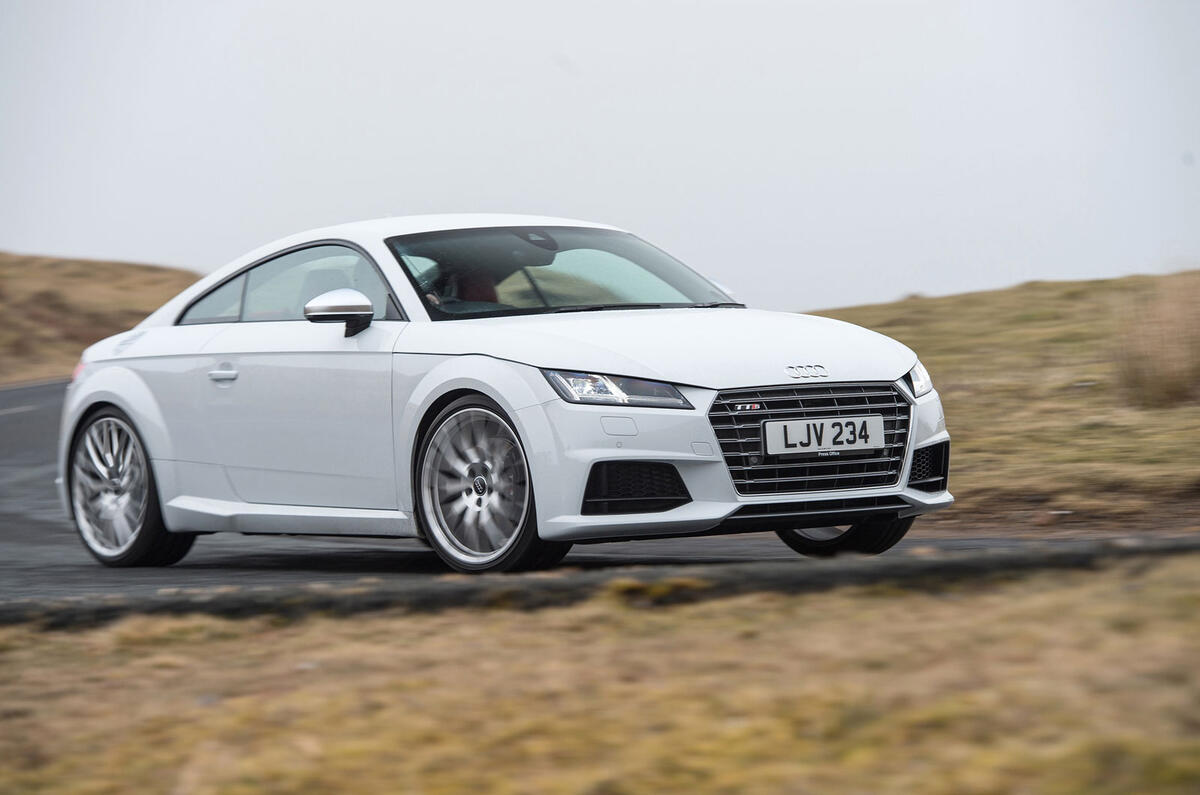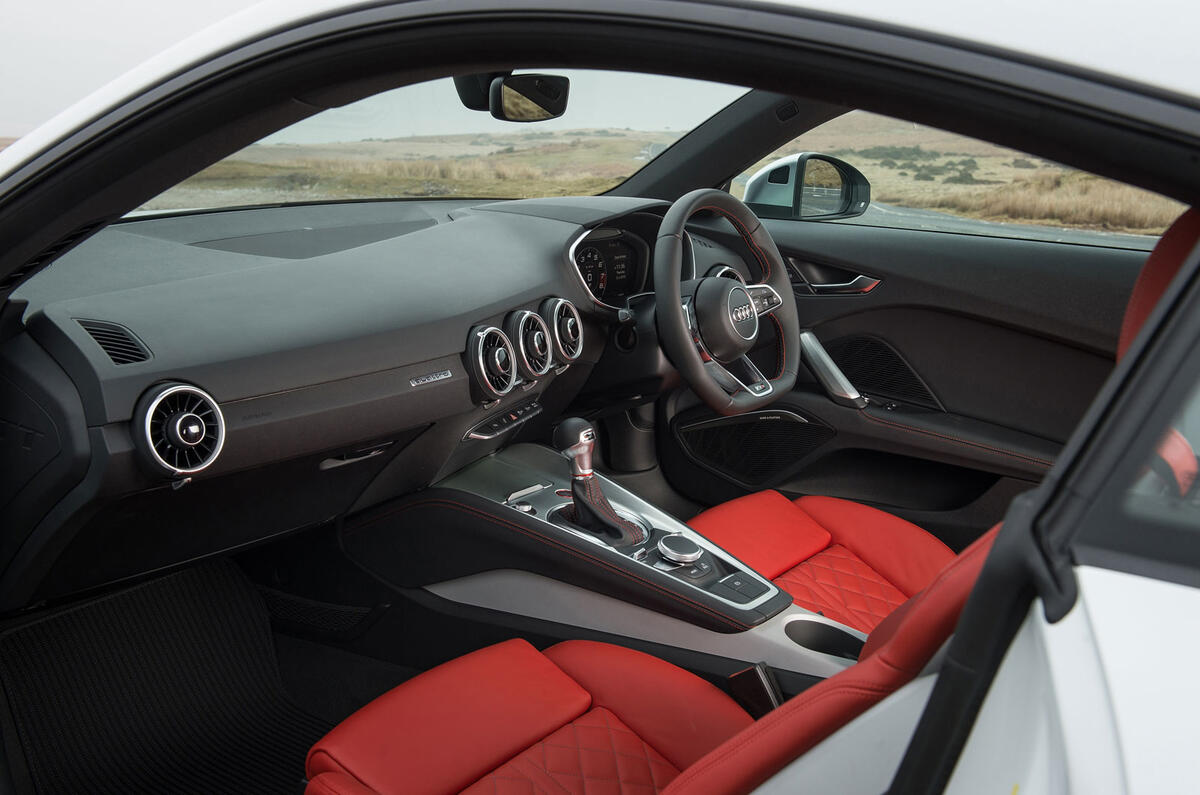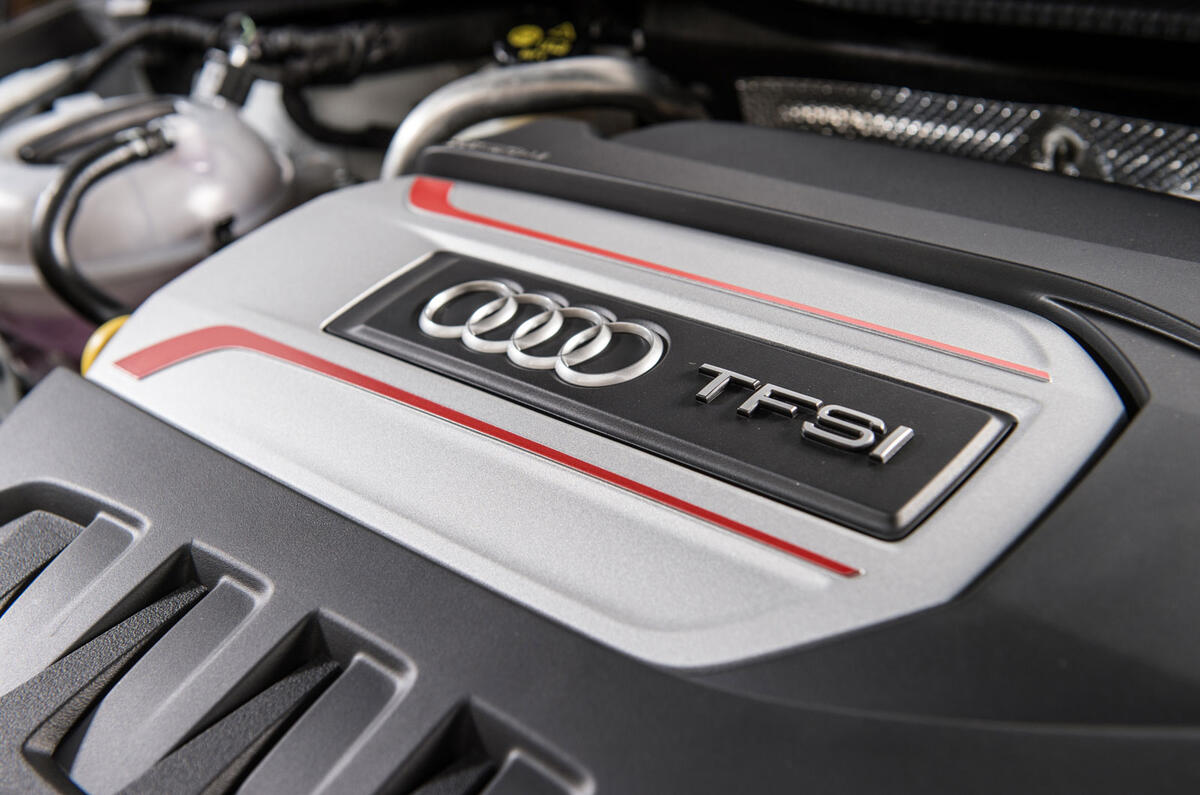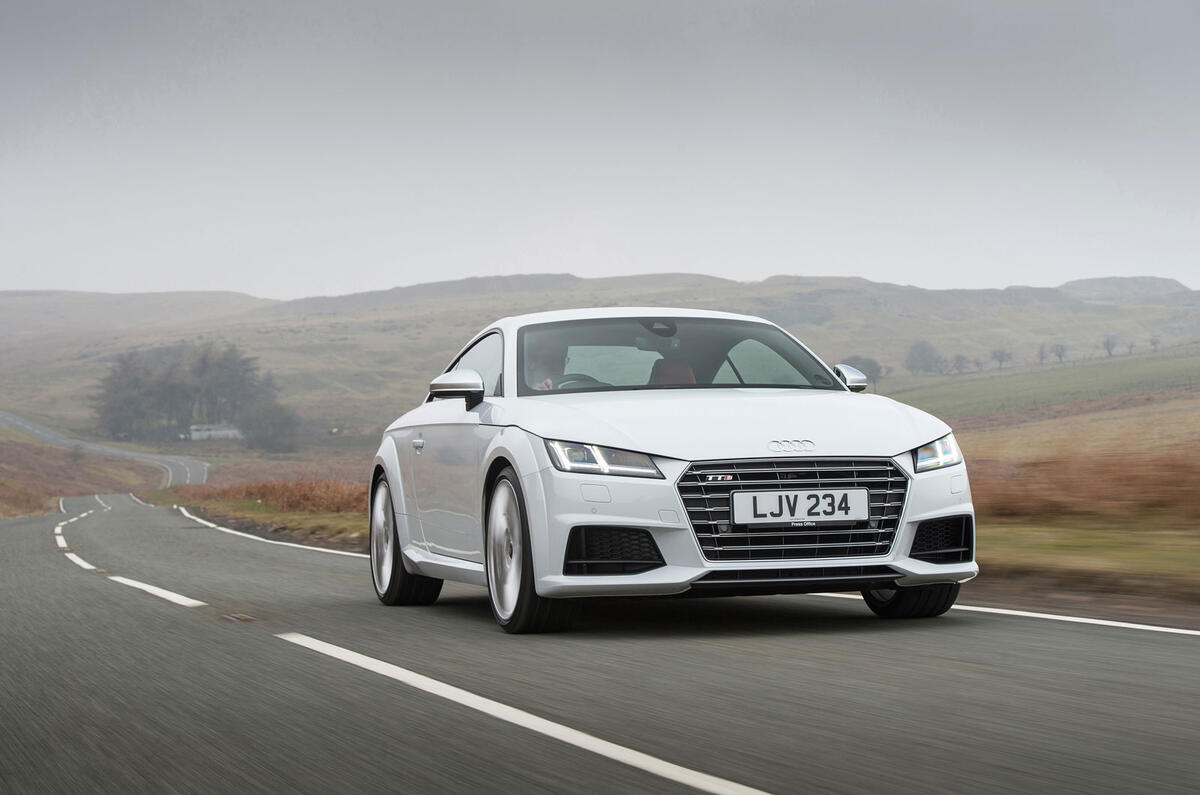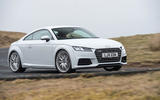Lesser versions of the It’s Audi’s Audi TT in S form, the second fastest, powerful and, from £40,315 (£41,680 with a twin-clutch auto), was the most expensive model in the new Audi TT range. It has now been superceded by the ballistic and Audi Sport tinkered TT RS.
Despite the 394bhp Audi TT RS brute sat at the top of the current Audi TT tree, there are two reasons why the S is compelling.
One: the TT shares not just its architecture with the terrific Volkswagen Golf R, but also vast swathes of its powertrain. Which is enticing. Two: the old Audi TT S was by far the finest driver’s car in the TT range. If that’s the case this time around, and if it has been infused with similar magic as the Golf R, finally we might have an Audi that bothers the class lead of a Porsche 718 Cayman, or at least a BMW M240i.
Some details first. The new TT's appearance is as you’d expect: modernised, more aggressive, but the old 2006-2014 Audi TT was not an impossible act to follow. Not like we believed the first one would be.
The TT has progressed from mould-breaker to range staple and established sub-brand. Once, it was hard to believe this was a car launched by a conventional car manufacturer. Now, it’s impossible to imagine Audi without it.
The new car is, more or less, the same length as before, at 4177mm, but there is 37mm more in the wheelbase (2505mm) and, it’s claimed, up to 50kg less in the kerb weight thanks, in all, to some 27 percent of the chassis/body being aluminium.


